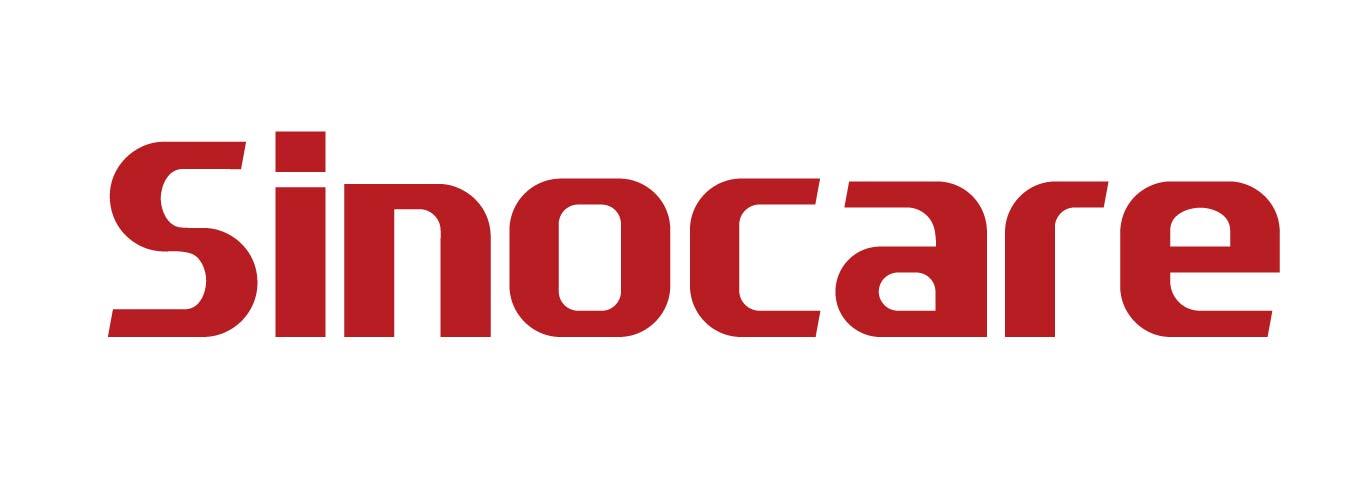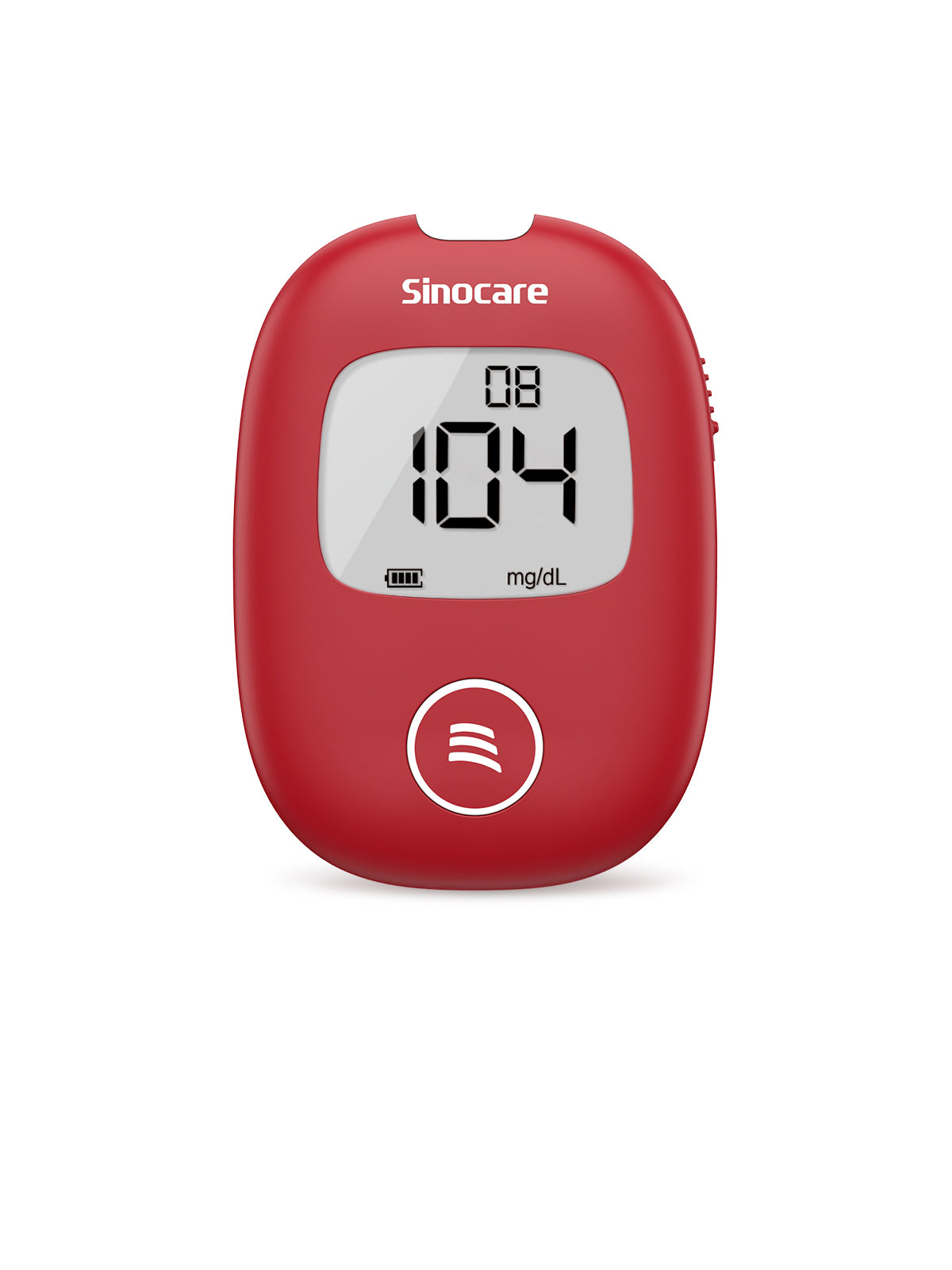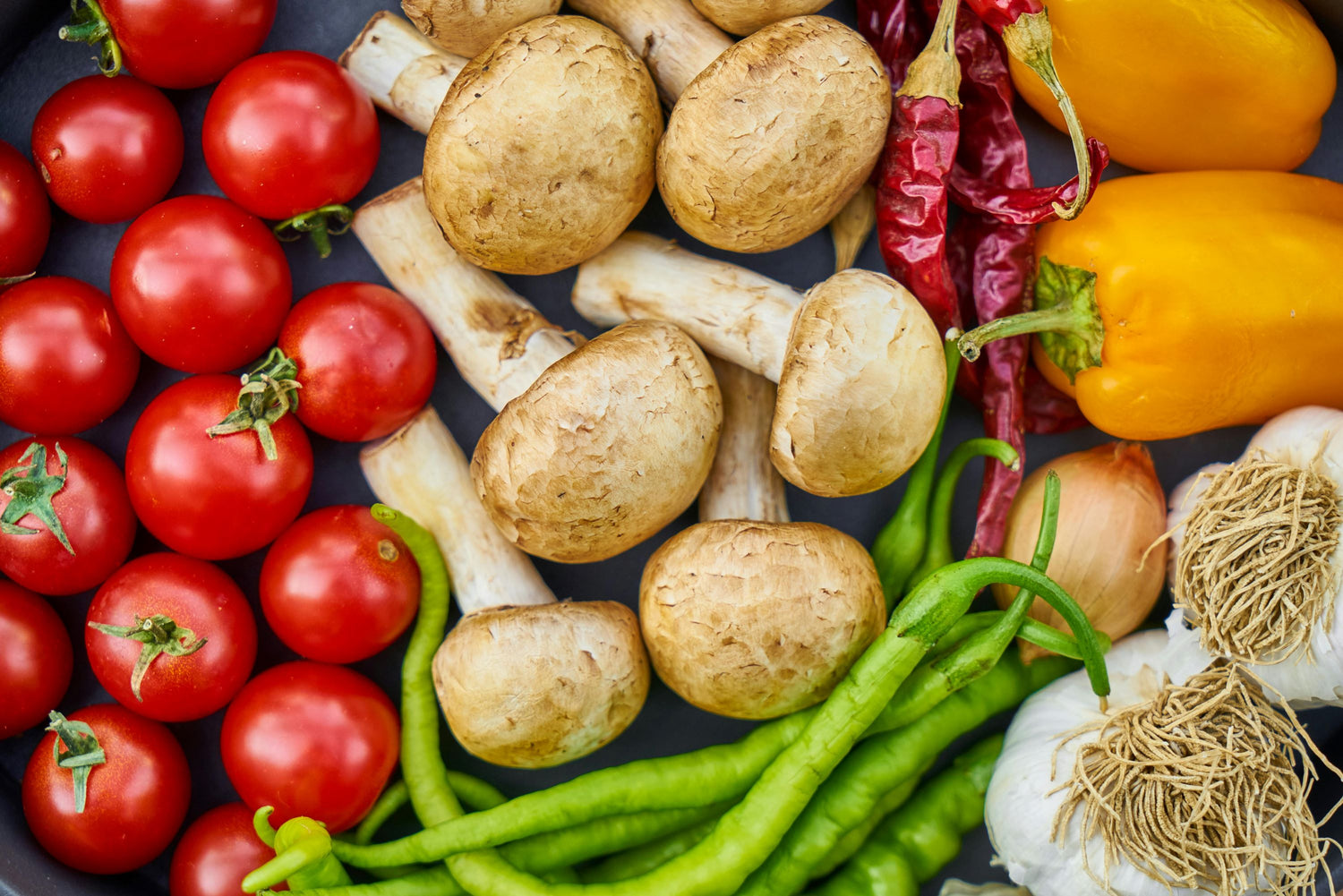Diabetic eye diseases, such as diabetic retinopathy and diabetic macular edema, are serious complications of diabetes that can lead to vision loss or blindness if left untreated. While managing blood sugar levels is crucial in preventing these conditions, incorporating specific foods into your diet can also play a significant role in supporting eye health for individuals with diabetes. Here are five foods that are beneficial for preventing and managing diabetic eye diseases, and are recommended for diabetics to include in their regular diet.
1. Foods rich in lutein and zeaxanthin
Lutein and zeaxanthin are present in the retina and are capable of protecting the macula from blue light. The eyes are most vulnerable to ultraviolet light, blue light in particular, and the free radicals generated by it. Lutein must absorb and eliminate these blue lights and free radicals. Consuming foods rich in lutein and zeaxanthin can enhance vision, prevent macular degeneration, and reduce the likelihood of developing cataracts.
Which foods are rich in lutein and zeaxanthin?
Leafy green vegetables, egg yolks, and some orange and yellow fruits and vegetables are all rich in lutein and zeaxanthin. For most people, a balanced diet provides an adequate intake of lutein.
Eggs are particularly recommended as an effective dietary source of lutein because lutein is fat-soluble, and egg yolks contain components such as phospholipids. Therefore, lutein in egg yolks may be more easily absorbed into the bloodstream compared to other sources of lutein.
Therefore, when consuming other sources of lutein-rich foods, it is recommended to pair them with foods containing fats for better absorption!

2. Foods rich in DHA
DHA (Docosahexaenoic acid) is an essential component of the retina. Consuming DHA can help improve visual function and alleviate symptoms of dry eyes.
Which foods are rich in DHA?
Typically, foods with high levels of DHA are mostly oily fish, such as salmon, other varieties rich in DHA include mackerel, sea bass, sardines, shrimp and shellfish. Apart from fish and shellfish, few foods contain significant amounts of DHA. However, incorporating certain oils into your diet, such as flaxseed oil, walnut oil, and perilla seed oil, can also help supplement DHA. It's important to note, though, that daily oil consumption should be kept within 25g.

3. Foods rich in B vitamins
Adequate levels of B vitamins are essential to support the transmission of the optic nerve. When the body lacks these vitamins, it can lead to sensitivity to light, tearing, and conjunctival congestion. At such times, it's important to increase the intake of foods rich in B vitamins.
Which foods contain B vitamins?
Common foods rich in B vitamins include animal liver, dairy products, yeast, and whole-grain foods such as brown rice.

4. Foods rich in vitamin C
Vitamin C is an antioxidant that helps the ocular surface mucosa withstand external physical and chemical stimuli. It also protects the blood vessels of the retina, increases the resilience of retinal and submucosal capillaries, and helps prevent retinal hemorrhagic diseases. Additionally, the lens of the eye contains abundant vitamin C, which plays a role in maintaining the transparency of the lens and thus helps prevent cataracts.
Which foods are rich in vitamin C?
Vitamin C is found in various fruits and vegetables, such as kiwi, bell peppers, oranges, tangerines, and tomatoes.
However, many people with diabetes are afraid to eat fruits due to concerns about high blood sugar levels. People with diabetes can eat fruits such as kiwi and oranges, which are low-sugar fruits. Also, pay attention to not overcook fresh vegetables during cooking!

5. Foods rich in anthocyanins
Anthocyanins are potent antioxidants that can reduce the damage caused by free radicals to the eyes and lower the risk of developing cataracts. They also promote the generation of rhodopsin in the eyes, stabilize ocular microvessels, and enhance local blood circulation.
Which foods are rich in anthocyanins?
Anthocyanins are water-soluble pigments, and there are hundreds of them, presenting in various colors. They are mainly found in most fruits, vegetables, and grains. Such as:
Fruits: Grapes, blueberries, blackberries, blood oranges, strawberries, cherries, red dragon fruit.
Vegetables: Purple cabbage, purple sweet potatoes, purple corn, purple potatoes, black goji berries, eggplants, perilla, beets, radishes, purple onions, and other vegetables.
Grains: Barley, sorghum, black rice, as well as legumes such as mung beans, red beans, black beans, soybeans, and adzuki beans.

Final thoughts
Incorporating a variety of nutrient-rich foods into your diet is essential for maintaining optimal eye health, especially for individuals with diabetes who are at higher risk of developing diabetic eye diseases. By including foods rich in lutein and zeaxanthin, DHA, B vitamins, vitamin C, and anthocyanins, you can provide your eyes with the necessary nutrients to protect against oxidative damage, improve visual function, and reduce the risk of complications such as diabetic retinopathy and cataracts. Remember to focus on a balanced diet that includes a variety of fruits, vegetables, whole grains, and healthy fats to support overall health and well-being.










Commenta
Nota che i commenti devono essere approvati prima di essere pubblicati.
Questo sito è protetto da hCaptcha e applica le Norme sulla privacy e i Termini di servizio di hCaptcha.